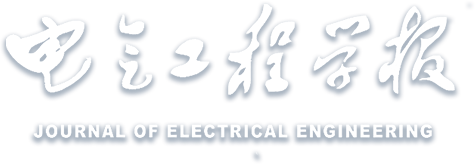Abstract:
Gas-insulated switchgear(GIS) is a critical component in power systems, and its reliability directly affects the safety of the power grid. The interaction mechanisms between three types of metallic materials (Cu, Ag, Al) and SF
6, along with its fault decomposition products, are investigated. Based on the experiments conducted, typical fault decomposition products of SF
6, including HF, SO
2F
2, SO
2, SOF
2, and H
2S are identified. The findings show that under the application of an electric field, Ag exhibits the strongest adsorption capacity for SF
6 and its decomposition products, HF and SO
2, with adsorption energies of
-48.233 kcal/mol and −48.025 kcal/mol, respectively. This interaction simultaneously promotes reactions in both the glow region and the main gas chamber, while Cu’s strong chemical adsorption with SO
2 (−34.169 kcal/mol) significantly impacts the reaction equilibrium in the main gas chamber. Kinetic results indicate that Cu exhibits the best stability under alternating electric field conditions, with potential energy fluctuations reduced by 11% compared to direct current(DC) electric fields, whereas Al shows significant structural degradation in the electric field. In overheated environments, the stability ranking of the gas/solid structure system is Cu > Ag > Al. ReaxFF simulations show that Al experiences lattice collapse at temperatures above 3 000 K (with a local negative pressure of −1.97 GPa), while the Cu system maintains positive pressure and an intact lattice. Through thermodynamic and kinetic analysis, the mechanism of SF
6 adsorption and decomposition by metal materials under different fault conditions is revealed, providing guidance for material selection in gas-insulated equipment.


 下载:
下载: